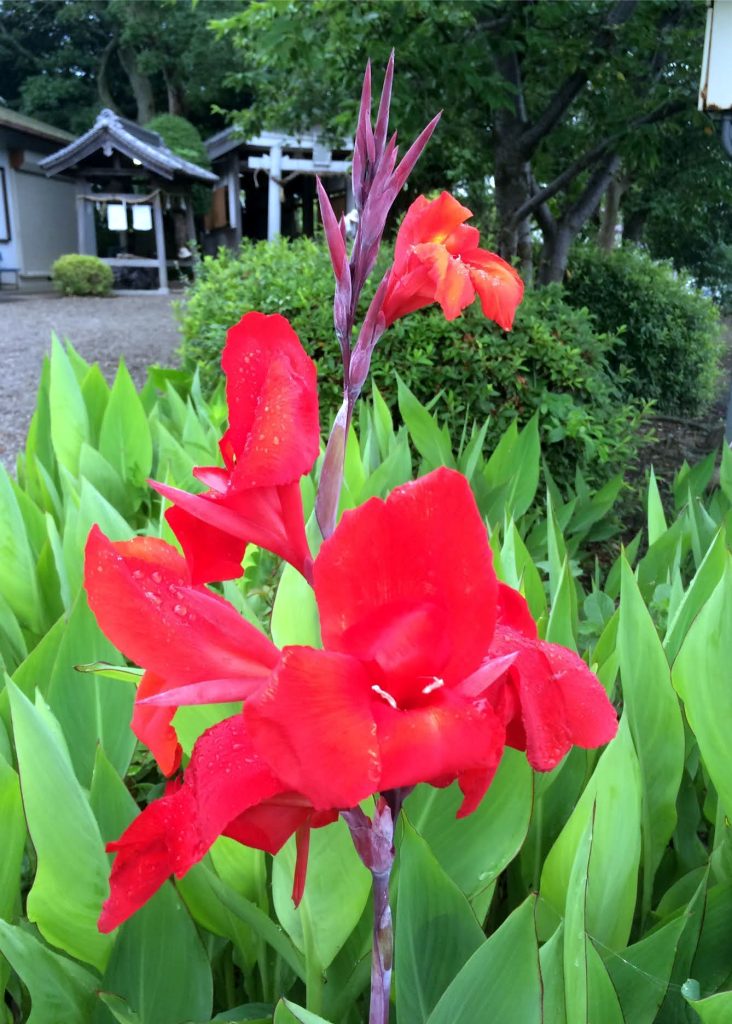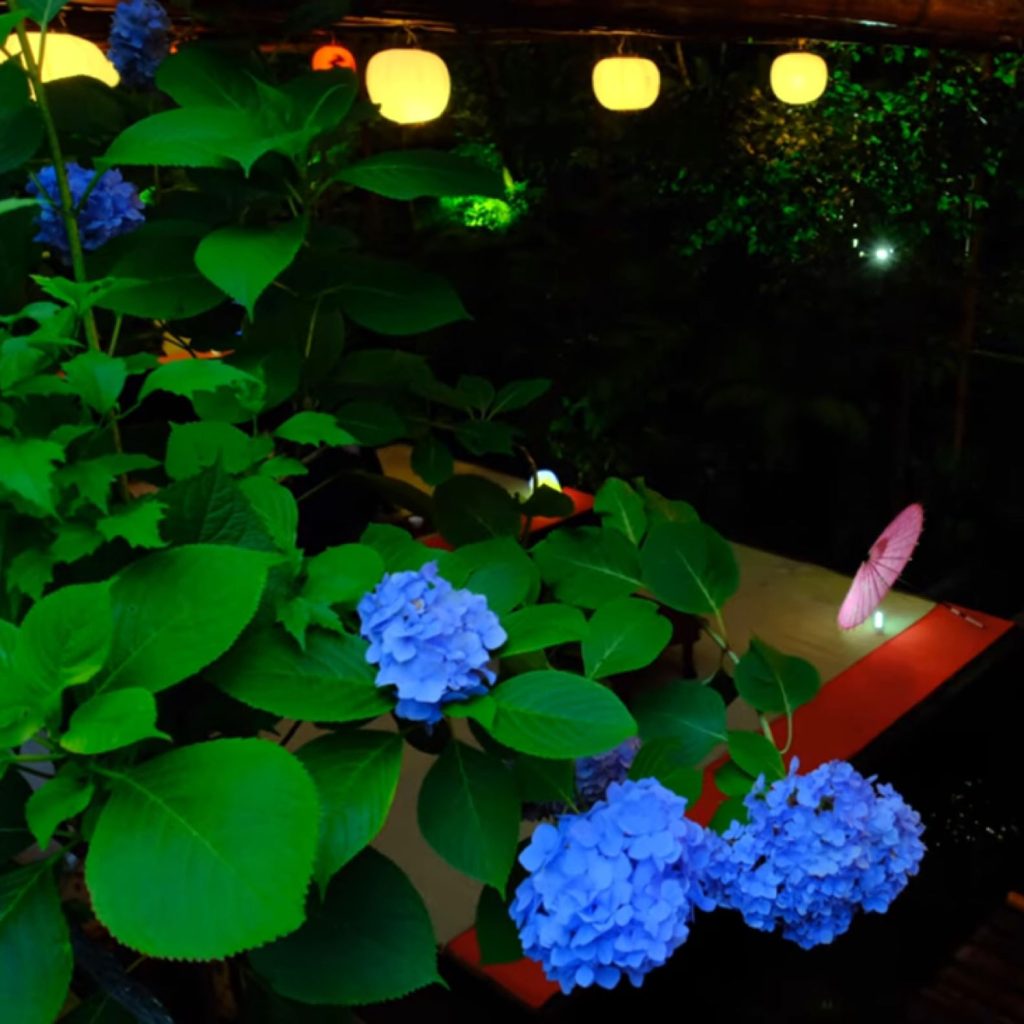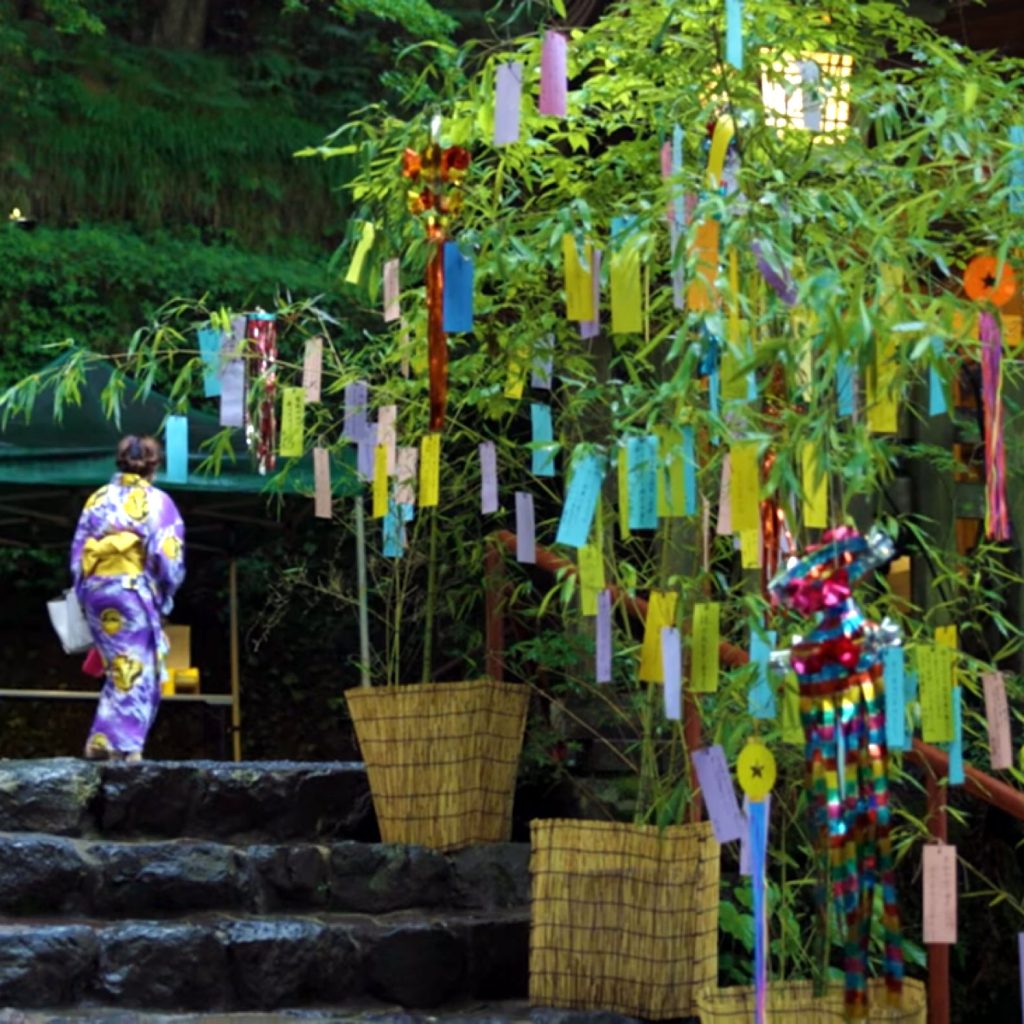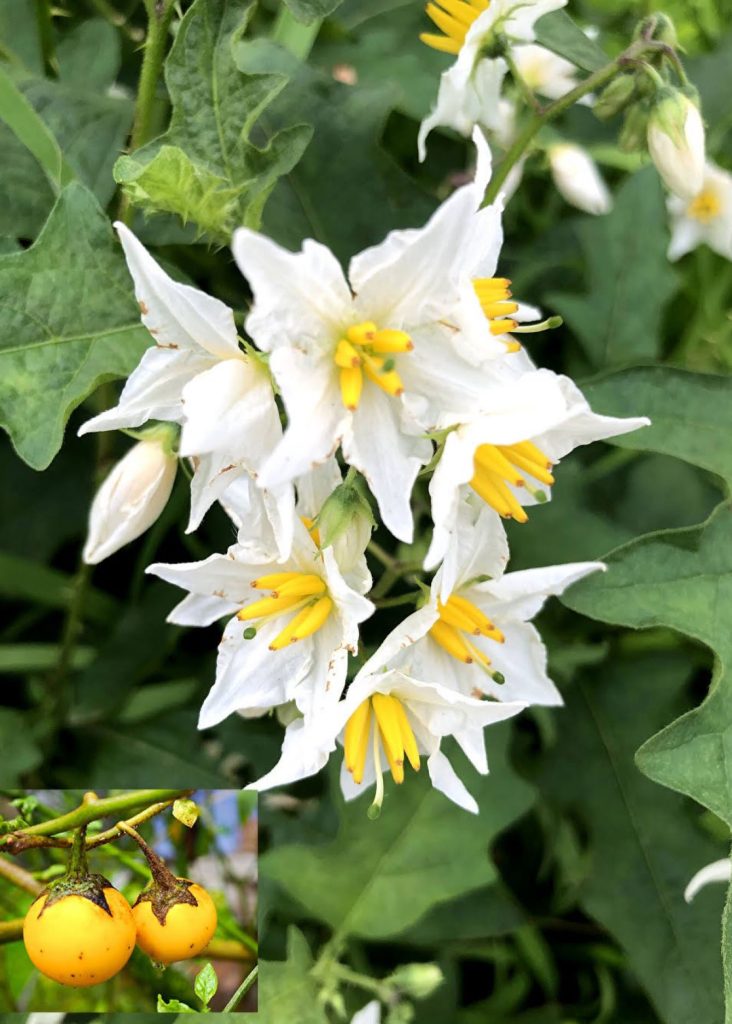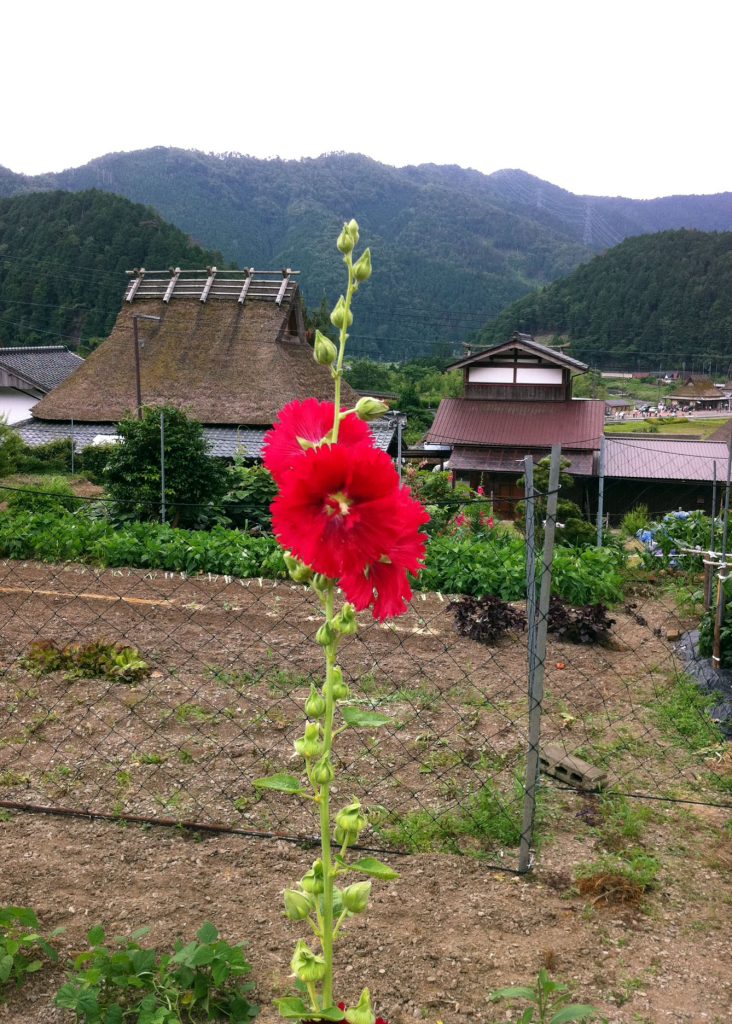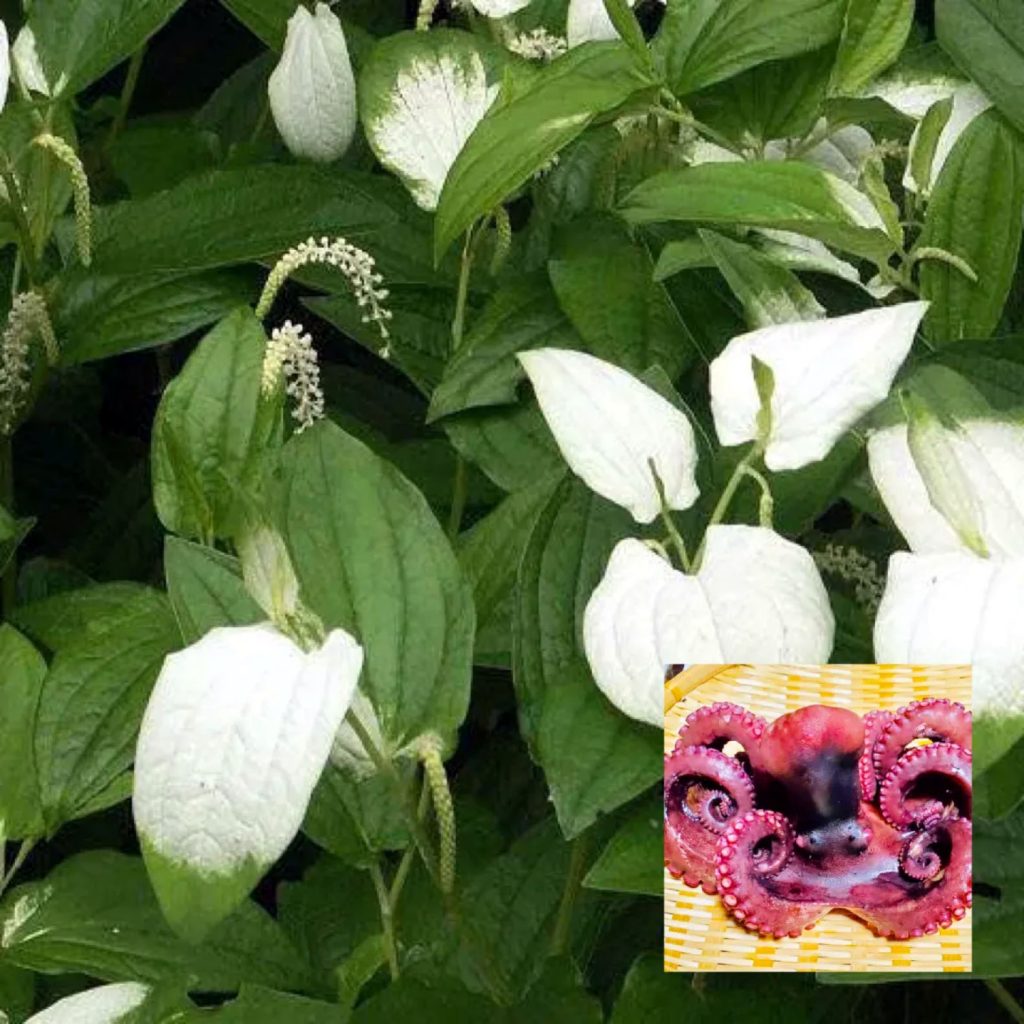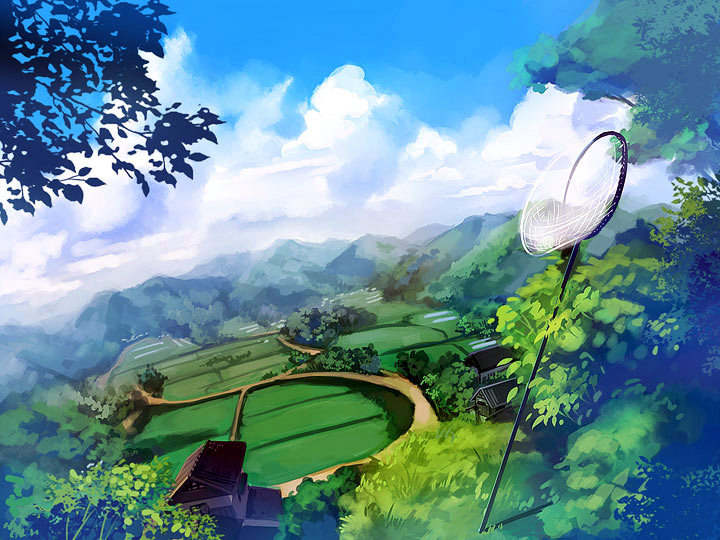
♭♯♭ヒグラシ ♭♯♭
On my way back from the gym, I happened to stop by a temple and heard the sound of Higurasi (clear-toned cicada). Come to think of it, it reminded me of the time when I lived on the hillside of Mt. Ikoma Every summer, I would always suffer from lack of sleep due to the incessant chirping of these Higurashi. They start chirping around the end of the rainy season and continue every morning and evening until around the time of the Bon Festival. I particularly remember the early mornings. When the day has yet to fully break, the first cicada would start singing. Then, in response, a second cicada would chirp from a distance. Soon after, the third, fourth, and countless others would join in, and in an instant, the entire area would be filled with the chorus of Higurashi. It was like there was a conductor orchestrating their performance, sometimes softly, sometimes loudly. They would chirping loudly in one area and softly in another, creating a magnificent harmony. It was a time when smartphones didn’t exist, so I couldn’t record their sound, but I have never heard a Higurashi chorus as beautiful as that. Although there are many videos of Higurashi on YouTube, I have searched again this time, hoping to find such a beautiful Higurashi’s voice, but I couldn’t find any.
ジムからの帰り、ひょっと立ち寄ったお寺でヒグラシの声を耳にしました。そう言えば、昔、生駒の山中(やまなか)に住んでいた頃、夏になると、このヒグラシの声でいつも寝不足になっていたことを思い出します。梅雨明けの頃に鳴き出し、お盆あたりまで、毎朝、毎夕鳴くのです。特に明け方のことが忘れられません。まだ朝が開け切らない時、まず1番目のヒグラシが鳴きます。すると、少し離れたところで、それに応えるかの様に2番目のヒグラシが鳴きます。そして3番目、4番目、瞬くうちにあたり一面にヒグラシが鳴き始め、もう山中、ヒグラシの大合唱です。指揮者がいるかの様に、時には弱く、時には強く、あちらでは強く、こちらでは弱く、見事なハーモニーです。その頃はまだスマホもない時代でしたから、録音もできませんでしたが、こんなに美しいヒグラシのコーラスを聞いたことがありません。Youtubeにも沢山なヒグラシの動画が出ていますが、いつかこんな美しいヒグラシの声を聞きたいものだと、今回も探しましたが、ありませんでした。

